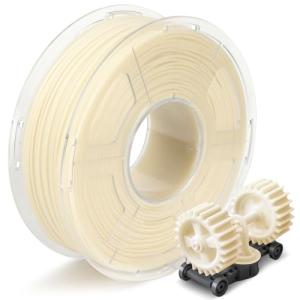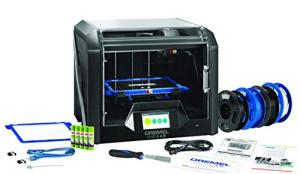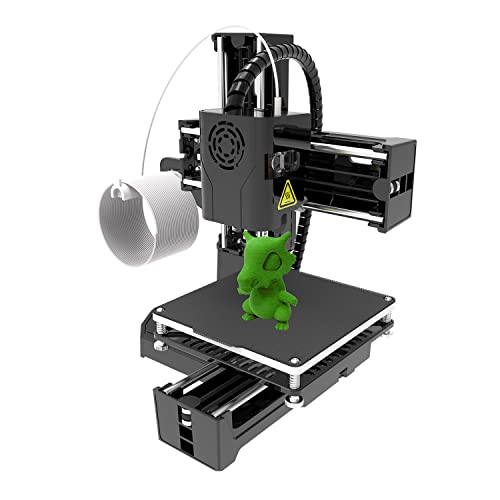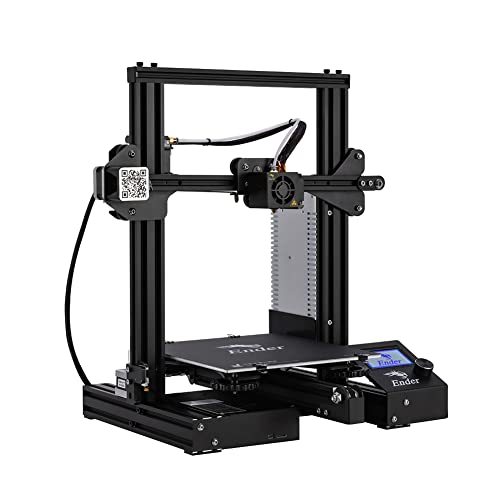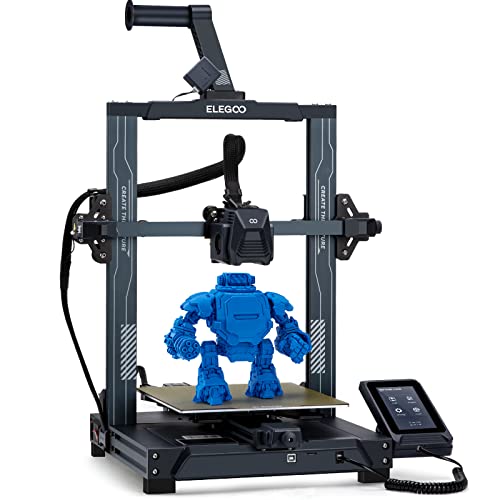When diving into 3D printer specifications, two of the most important factors you'll come across are print speed and print quality. These elements can make or break your printing experience, so it's smart to understand them before making a purchase.
Print speed is usually measured in millimeters per second (mm/s). A faster speed means you can whip out those models quicker, but there's a catch. High speeds can sometimes lead to lower quality prints. If you're churning out prototypes or big items, a faster printer can save you time. On the flip side, if you’re aiming for detail and precision, a slower speed might be worth it.
Then we've got print quality, often gauged by layer height, which is usually expressed in microns. A smaller layer height means better detail. That’s ideal for intricate designs or models that need to look sharp. If you're doing something like functional parts or simple prototypes, a larger layer height could do the trick without compromising too much.
Finding the right balance between speed and quality depends on your projects. If you’re uncertain, check reviews or ask the community which printers do best in real-world tests. Getting feedback from users can really help you nail down the best option based on your specific needs. Always keep these key 3D printer specifications in mind as you shop around!
Explore Print Resolution and Layer Height
When you're diving into 3D printer specifications, print resolution and layer height are two key factors to keep in mind. Understanding these terms can help you decide which printer fits your needs best. Let’s break it down in simple terms.
Print resolution refers to the level of detail your 3D printer can achieve. It's usually measured in microns, with lower numbers indicating finer details. A printer that offers a resolution of 50 microns will produce sharper, smoother prints than one with a 200-micron resolution. If you're looking to create intricate designs or miniatures, aim for a printer with a low resolution. If your projects are more straightforward, a higher resolution might not be necessary.
Layer height is all about how thick each layer of your print will be. Thinner layers create smoother surfaces but take longer to print. For instance, a layer height of 0.1 mm will give you a much cleaner finish compared to 0.3 mm, but you'll be at the printer for much longer. For prototypes or larger models where detail isn’t a huge concern, thicker layers can speed things up. Understand how these two specifications interact to get the best results from your 3D printer.
So, when comparing different 3D printer specifications, pay close attention to both print resolution and layer height. Knowing what these specs mean helps you pick the right printer for whatever you're planning to make. Whether you're on a mission to create art or just a cool gadget, the right combination will make all the difference.
SUNLU Easy PA Nylon 3D Printer Filament 1.75mm
Get strong, flexible, and durable prints with this easy-to-use nylon filament
Product information
$49.90
Product Review Score
4.87 out of 5 stars
179 reviewsProduct links
Understand Build Volume and Size
When you’re shopping for a 3D printer, understanding build volume and size is key. Build volume refers to the maximum space your printer can use to create something. Think of it as the size of the box inside which your printer can work. It usually comes up as three numbers—length, width, and height. Knowing this helps you figure out what kind of projects you can tackle.
For example, if you want to print larger items like toys or parts for a model, you need a printer with a bigger build volume. A smaller printer might limit your creativity and force you to break your project into smaller pieces, which isn’t always fun. Make sure to check the build volume specifications before making a decision!
Size is another factor you should consider. Look at the overall dimensions of the printer itself. If you have a small workspace, you need something that fits without cramping your style. Most manufacturers provide the printer's footprint, so you can visualize where it’ll go in your home or office.
Remember, 3D printer specifications can help you choose the right machine for you, but the build volume and size are some of the most practical factors to take into account. Consider what you’re hoping to create and where your new printer will live. This will set you up for a better experience right from the start!
Dremel DigiLab 3D45 Education 3D Printer Bundle
A versatile 3D printer bundle that’s perfect for classrooms and makerspaces
Product information
$3,190.70
Product Review Score
4.43 out of 5 stars
100 reviewsProduct links
Look at Material Compatibility and Options
When diving into 3D printer specifications, one of the big things you need to think about is material compatibility. Not all printers work with every filament out there, so choosing the right one can really make a difference in your projects. Different materials come with their own pros and cons, so you want to know what your printer can handle before making a purchase.
Common materials include PLA, ABS, PETG, and TPU. PLA is widely loved for its ease of use and great finish. It’s perfect for beginners. If you’re looking for something a bit tougher, ABS is a solid choice, but it requires a heated bed to prevent warping. PETG sits somewhere in between, giving you strength and flexibility without the hassle of too much odor or warping. If you want rubber-like flexibility, TPU is your go-to, though it can be a bit tricky to print with.
Your printer's hotend also plays a huge role in which materials you can use. Make sure the nozzle can reach the temps needed for the filament you choose. Some advanced setups let you swap out nozzles to accommodate higher temperatures, which is great if you want to expand your material choices in the future.
Keep an eye out for printers that come with a variety of options. Some models are designed for versatility and can handle multiple filament types right out of the box. This gives you the flexibility to experiment and create without being stuck with limited options. Always check those 3D printer specifications to see what materials they support before committing to a purchase.
